There aren't many versions available in the U.S. right now, but single-use, disposable cystoscopes and ureteroscopes are beginning to make an impact in outpatient surgery.
You'll need to perform your own cost-benefit analysis to determine if one-and-done urology scopes are right for your facility. Consider this when you're doing the math, however: Single-use scopes don't need to be repaired, maintained or reprocessed, and by their very nature, it's impossible for their performance to degrade over time. And from an infection control perspective, you completely eliminate the risk of using a reprocessed scope you might think is sterile or disinfected, but actually isn't. Another factor to consider in a cost-benefit analysis: Because reprocessing is entirely removed from the equation, the ease of simply opening a new package for each procedure can make the exam process more efficient and presents the possibility that you can schedule more cases on a given day.
The American Urological Association's Journal of Urology published a Mayo Clinic study in March 2017, "The Economic Implications of a Reusable Flexible Digital Ureteroscope: A Cost-Benefit Analysis" (osmag.net/FqvCC3), that compared real-world use of single-use and reusable flexible ureteroscopes over a 12-month trial. The authors concluded that "a disposable ureteroscope may be cost beneficial at centers with a lower case volume per year. However, institutions with a high volume of cases may find reusable ureteroscopes cost beneficial."
A cost-benefit analysis published in May 2018 by the BJU International journal, "Single-use disposable digital flexible ureteroscopes: an ex vivo assessment and cost analysis" (osmag.net/5YQzzH), added that the "urologist may consider using the [single-use] scope in cases in which reusable scope damage is anticipated."
Picking up on that point, a June 2018 Thomas Jefferson University study, "Bad Out of the Box: A Report on Pre-operative Failure Rates of Reusable Flexible Ureteroscopes at a Single Institution" (osmag.net/jM8RPp), said that when evaluating single-use versus reusables, often overlooked is how often urologists encounter an unsuitable reusable flexible ureteroscope at the beginning of a case. The subsequent 3-month trial found that single-use scopes could fill "an essential and immediate role" because roughly 1 in 8 initially opened reusable flexible ureteroscopes weren't fit for use.
As far as how well single-use models perform compared to reusables, there doesn't appear to be a notable variation in effectiveness between single-use and reusable. For example, a November 2018 Urolithiasis journal paper, "Clinical outcomes and costs of reusable and single-use flexible ureterorenoscopes: a prospective cohort study" (osmag.net/eTGu5U), found "no significant difference" for overall success rates, stone-free rates, operation time, radiation exposure time and complication rates. It amplified the other studies' findings on the ambiguity of cost benefit: "Partially overlapping ranges of costs for single-use and reusable scopes stress the importance to precisely know the expenses and caseload when negotiating purchase prices, repair prices and warranty conditions."
But what about the environmental impact of thousands of single-use scopes being thrown out on a daily basis? One vendor of single-use scopes responds to this ugly truth with the counterpoints that employing single-use scopes also lowers waste from disinfecting brushes, towels and test strips; reduces water and energy costs; and eliminates staff exposure to toxic chemicals and disinfecting consumables used in reprocessing scopes. A March 2018 Journal of Endourology study, "Carbon Footprint in Flexible Ureteroscopy: A Comparative Study on the Environmental Impact of Reusable and Single-Use Ureteroscopes" (osmag.net/9YTeaA), concluded that the environmental impacts between the two are "comparable." So pick your poison, as it were.
Here's a look at 5 of the single-use devices available to your center today. Expect more options in the years to come. OSM
.svg?sfvrsn=be606e78_3)
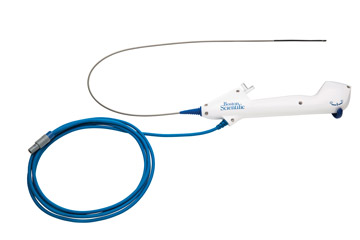
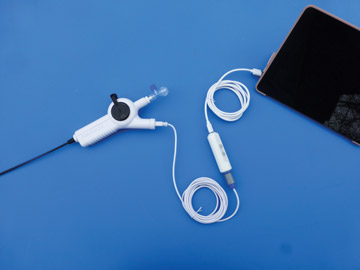
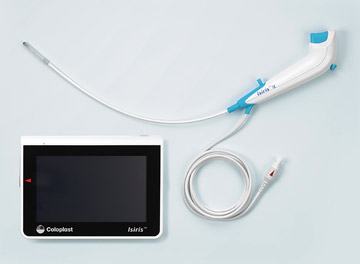
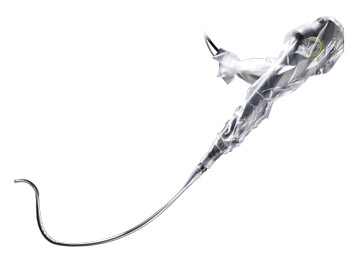
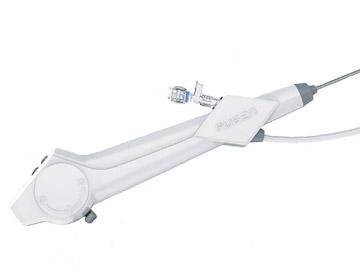
.svg?sfvrsn=56b2f850_5)